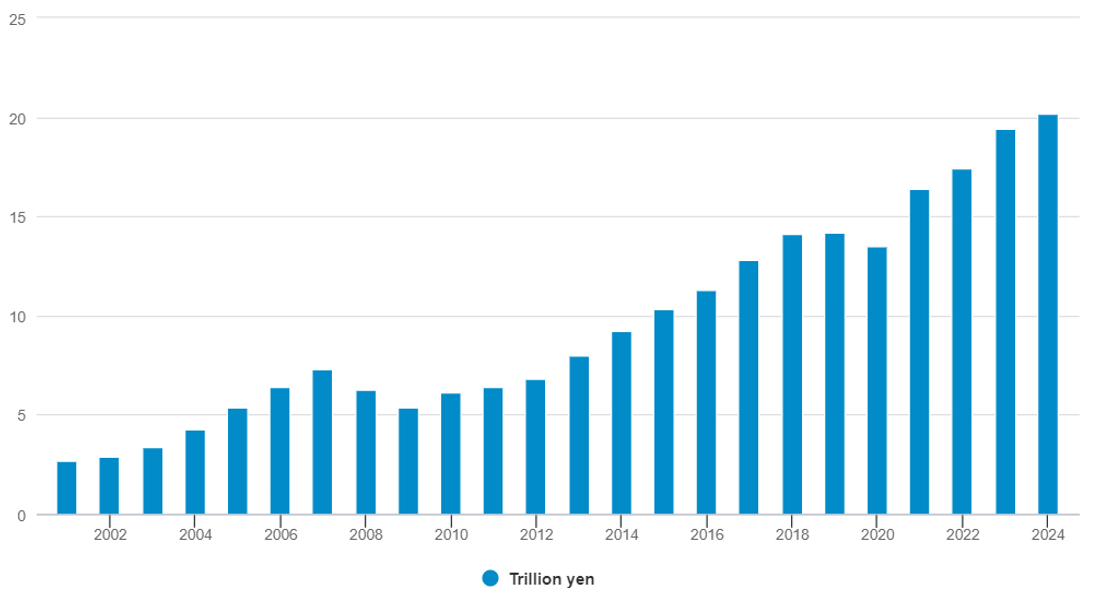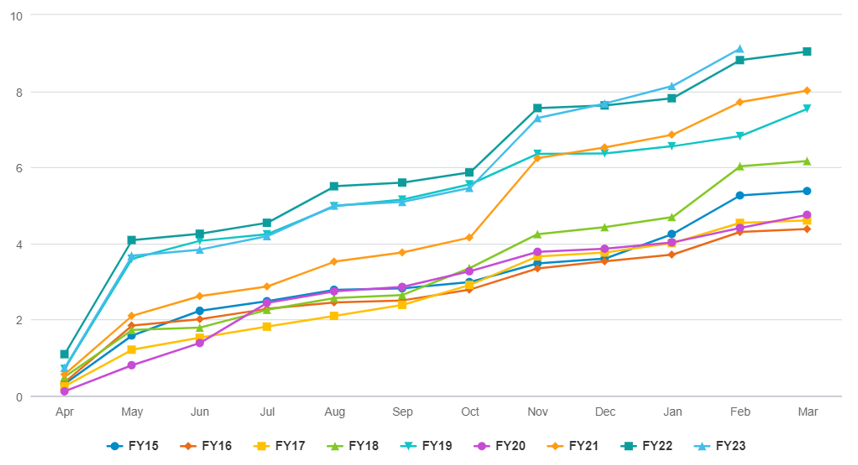The Bank of Japan (BoJ)’s recent monetary policy shift has signalled the start of a new reflationary era. With Japanese companies also increasingly adopting a more shareholder friendly mindset, Fidelity Investment Director Jeremy Osborne examines how shifting market dynamics are creating exciting opportunities across a range of sectors.
The BoJ has ended its negative interest rate policy and eliminated yield curve control and asset purchases. This marks the first move to tighten monetary policy in Japan in nearly two decades. From now on, the BoJ’s primary policy tool will be short-term interest rates, which it aims to keep at around 0-0.1%, and Japan Government Bond (JGB) purchases will stay at around the same level. Given the prevailing macro outlook, the BoJ expects monetary policy to remain accommodative for the time being.
Referencing a combination of recent data and anecdotal information, the BoJ stated that a virtuous cycle between wages and prices has clearly formed, with its 2% price stability target moving into sight. As corporate profits continue to improve and labour market conditions remain tight, the central bank expects wage growth to rise this year.
With the US rate hiking cycle at its peak and the BoJ implementing a moderate change in policy, the yen could strengthen somewhat. However, demand in the Japanese economy is not excessive at present and we do not expect the BoJ to pursue any significant further tightening. As such, exiting negative interest rate policy alone is probably insufficient to materially strengthen the yen. Indeed, any catalyst driving currency appreciation is more likely come from outside of Japan, potentially from developments in the US.
Elsewhere, the investment outlook is also supported by ongoing positive changes in corporate mindsets. Japanese companies accumulated cash for many years in a deflationary environment, but corporates are implementing measures to improve capital efficiency, primarily through shareholder returns (now at record highs) and growth investments.
FY23 dividends set to exceed FY22 level (JPY trn)

Notes: Universe is TOPIX constituents. Data as of 31 January 2024
Sources: QUICK, SMBC NIKKO Securities
FY23 share buybacks at highest pace in recent years (JPY trn)

Notes: Universe is TOPIX constituents. Data as of 14 February 2024
Sources: QUICK, SMBC NIKKO Securities
This new inflationary dynamic is creating investment opportunities in Japanese businesses that can expand their profit margins. Indeed, we have seen stock rallies in some companies that have successfully raised prices and increased margins – and there could be more of these stories if reflation is sustained.
Where we see opportunities
Given the BoJ’s dovish tone and limited scope for yen strengthening, export-oriented companies look attractive amid signs of a recovery in the global manufacturing purchasing managers index (PMI). From an investment perspective, we favour exposure to industrial cyclicality through technology and factory automation-related names. There are also opportunities in automobile-related companies that are committed to addressing below 1x price-to-book ratios through better balance sheet management and increasing shareholder returns.
Semiconductor-related stocks have generated strong returns year-to-date and while we anticipate further upside through the cycle, we think it makes sense to lock in some gains. In contrast, factory automation stocks have yet to see any meaningful uplift and we expect selected companies to start to perform as leading indicators such as machine tool orders turn positive in the coming months.
Meanwhile, labour supply shortages in Japan will continue to underpin structural inflationary pressures and wage increases, leading to growth in real wages later this year. This will be positive for consumer facing sectors.
More broadly, we are finding opportunities in typical large-cap sectors, where companies are moving from value to growth. Furthermore, Tokyo Stock Exchange-led governance reforms are broadening out across the market, and we are seeing growth and mid-cap companies become more active in terms of shareholder returns.
